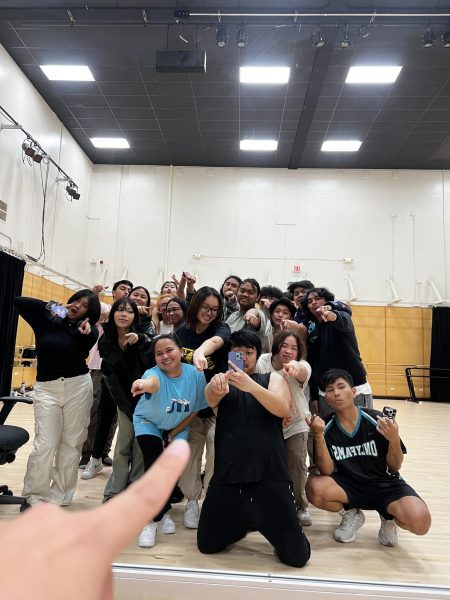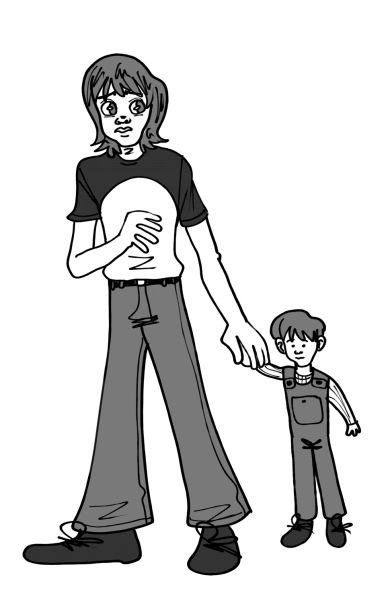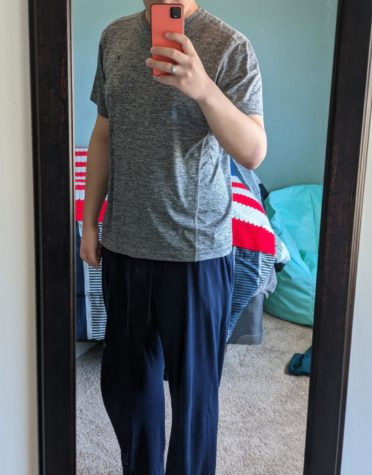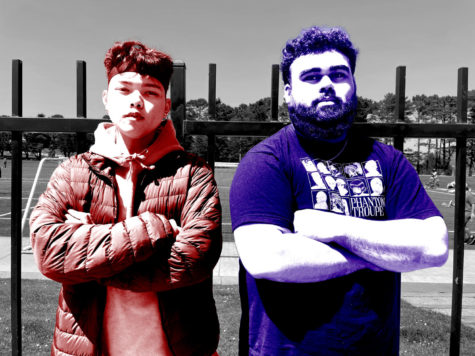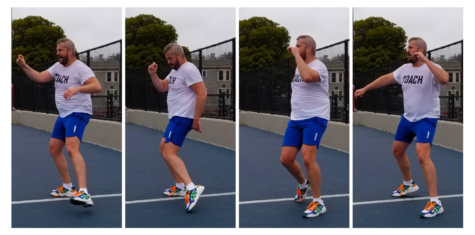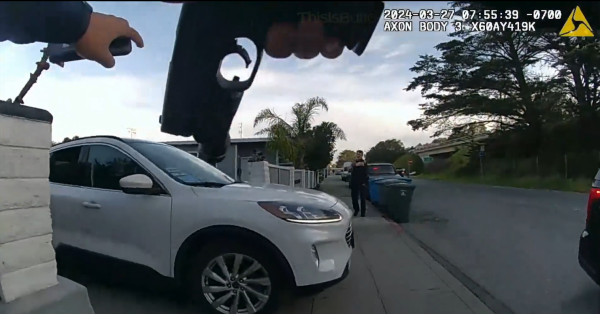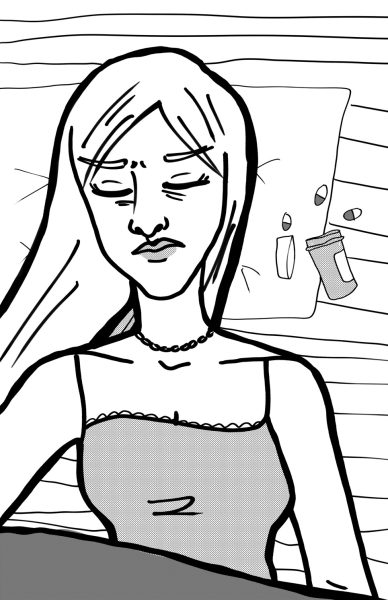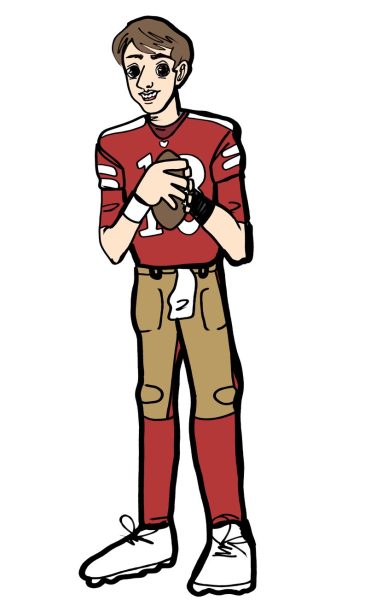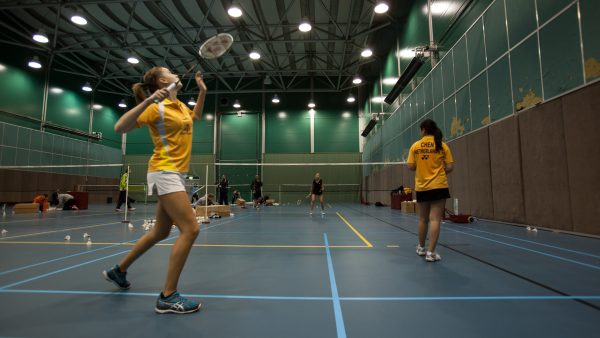The next step: the trends to take away from the wildest stretch in American History
Movies have been debuting on online streaming services since the beginning of the pandemic, leaving theaters to collect dust.
It feels almost as if the world has faced the maximum number of hurdles throughout the course of the COVID-19 pandemic. The rapidly-spreading virus was quick to change the everyday routines that millions of people had long since established. To put it simply, there was adjusting that had to be done to survive a situation that not even the most intelligent people had on their bingo card.
Adjusting takes time — like a child moving to a different school, an anxious young adult checking into their first job, or even overcoming the enormous grief of losing a loved one. The argument could be made that there hasn’t ever been an excess of speedy and efficient adjustments like the ones that were made in the United States when the invisible enemy first silently struck the country in March 2020.
A lot has changed since then. A lot of the initial fear has transformed into motivation to return to the normalcy everyone desperately craves. Some positive news is that many of the abbreviated tools utilized during the pandemic are likely to become mainstays in rebranded routines when Americans cross the finish line of a very strange stretch — one that will surely be a highlighted topic in the next generation of high school history textbooks.
Those trends that were introduced range from permanent ideas to temporary precautions, but all of them have the potential to stay long after the pandemic ends. Here are just a few we’ve experienced and will possibly see more of:
Movie theaters and online streaming
It’s a popular tradition: popcorn, friends, candy, and sitting back to watch the hottest new movie in theaters. The soothing experience of sitting before the big screen has always been a mainstay, but it was already declining in popularity even before theaters were shut down due to the pandemic.
The price of concessions has become a burden on families, especially now during the economic rebuild. Streaming platforms such as Netflix, Hulu, Peacock, and Disney+ have stolen the spotlight, and now thousands of movies and TV shows are streamed — an amount that significantly rose during the pandemic.
Movies that would usually have their debut in the theaters debuted online through these streaming sites instead, while theaters across the country sat in the dust, collecting cobwebs. The downside was that AMC Theatres only narrowly escaped bankruptcy. The upside?
“As much as I would have loved to watch them in theaters to get the full experience, streaming at home was fun too,” said Caitlin Collantes, a student at Skyline College. “Curling up for family movie night on the couch, or even by myself with a bag of hot Cheetos in bed, was something I really didn’t do before the pandemic, but has now become one of my regular sources of self-care.”
Distance learning
Arguably the largest adjustment for the majority of students across the country during the pandemic has been distance learning. As schools shut down to prevent the spread of the virus, districts and teachers scrambled to find a way to provide their students with fresh new content so that they don’t fall behind.
As expected, a wide variety of learning characteristics are found among students. A certain portion of students thrive on friends around them with hands-on learning experience. Another portion could be content working independently through a screen, even if that meant less time around their friends. Every student is different, and each one would give a different answer if asked how it’s working for them.
“I am the type of person who almost needs to be in an actual classroom in order to learn my best,” Collantes said. “I feel that I just don’t grasp information quite as well in comparison to in-person schooling, so that aspect of distance learning has been a challenge for me.”
Collantes is involved in clubs, drama, and student government. She says those three endeavors might not have been available to her if it weren’t for the flexibility of being virtual. Many feel similarly, and it should be expected that many will have a preference for online classes in the future, while others will still be enthusiastic about returning to the classroom when possible.
Grocery shopping and Amazon deliveries
Technology continues to take over most aspects of our lives, and additional examples of this are coming about with every day that passes. Similarly to how it was for movie theatres, many people tried to avoid going to grocery stores and department stores during the prime of the pandemic out of fear of running into big crowds.
Amazon’s power and influence has only grown with people stuck inside during the early lockdowns in some locations. According to a Bloomberg estimate, Amazon’s notorious CEO Jeff Bezos’ pockets have grown $70 millon deeper since January 2020 due to the sharp increase of the number of online consumers flocking to his brand. It wouldn’t be much of a stretch to predict the downfall of department stores. Some department store companies have already collapsed, and many more are likely to follow.
Masks
The biggest and most noticeable addition in the COVID-19 basket of trends has been the influx of facemasks that have become a staple in our daily lives. In some ways, they’ve become the symbol of the entire pandemic. They have not only significantly lessened the spread of the virus, but has also provided a new means by which designers and fashion enthusiasts can showcase their tastes.
It was common to see every person in a given place be wearing masks during the peak months of the pandemic, but the sightings are significantly decreasing, as states have begun the reopening process and more Americans are receiving vaccinations.
“As long as less than 70% of the population is not immune, it remains even more imperative that we wear masks, social distance and remain vigilant about hand hygiene,” said Emily Risk, Skyline’s registered nurse on campus. “Our choices will largely dictate the outcome, so please encourage those who are able to get the vaccine to get it; help people make an appointment or help them get there safely.”
It might be a while before we see the straps leave our ears for good, but Risk also pointed out that scientists have been analyzing new data every day, and recommends people to remain patient — patience being a trait that has kept millions inspired during the crisis.
More focus on overall health
Even though the coronavirus has occupied the majority of the headlines since 2020, other ailments and medical conditions still exist. The amount of people who ended up hospitalized after contracting COVID-19 skyrocketed throughout the pandemic, causing those with preexisting medical conditions to be a little more careful when it comes to their health.
COVID-19 vaccines took just months to develop, compared to others that can take years to be verified. Results of the vaccine becoming widely available were quick to become apparent, as more than 200 million Americans are fully now vaccinated. This incredible accomplishment is a testimony to the desire for normalcy and to live a healthier lifestyle after watching so much sickness be experienced over the past year.
“I think as long as we are talking about the positive health benefits of eating whole foods, getting 7-9 hours of sleep nightly, regular exercise, managing stress and keeping ourselves and others safe from viral illness by masking, maintaining physical distance and practicing good hand hygiene we will be moving in the direction of improved health and wellness,” Risk said.
Working from home, Zoom, and transportation
One of the more sustainable trends from the pandemic has been the amount of office space that has been vacated and ditched for a remote setting atmosphere from the friendly confines of home. The development has opened the eyes of executives, resulting in companies saving thousands of dollars in rent, travel, and utilities.
Online meetings have made this possible. Zoom Video Conferencing was founded in 2011 and rose to prominence during the pandemic, becoming the go-to platform for any type of virtual activity. The phrases “I can’t hear you,” and “unmute yourself” have turned into traditional mainstays in society’s vocabulary. It’s fair to assume that Zoom will stick around for the foreseeable future, especially if it’s more efficient for work meetings or long-distance communications.
The loss of physical presence in downtown areas has significantly improved the ruthless traffic situation in many cities. For public transit, the buses and trains that usually carry passengers all day everyday have lacked the numbers they’ve experienced in the past due to the number of people remaining at home. Although traffic will never disappear completely, there might be less cars on the road to worry about.




